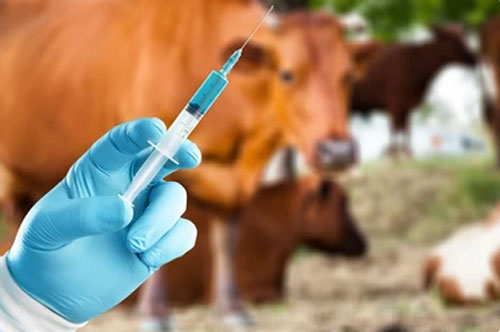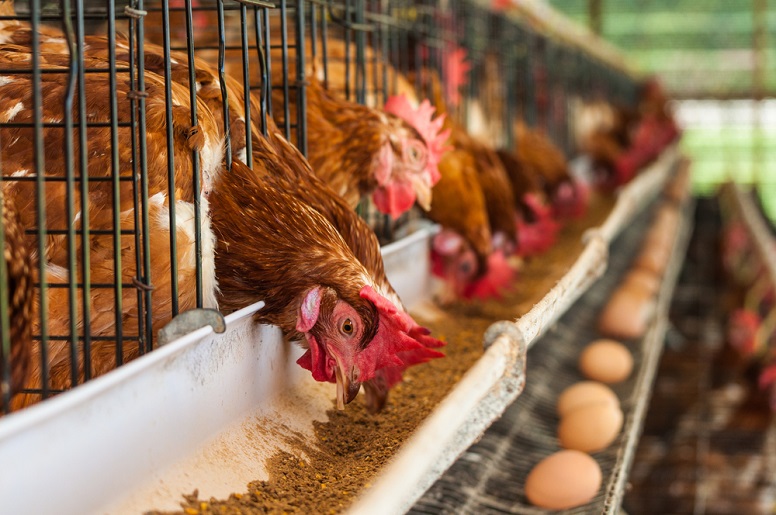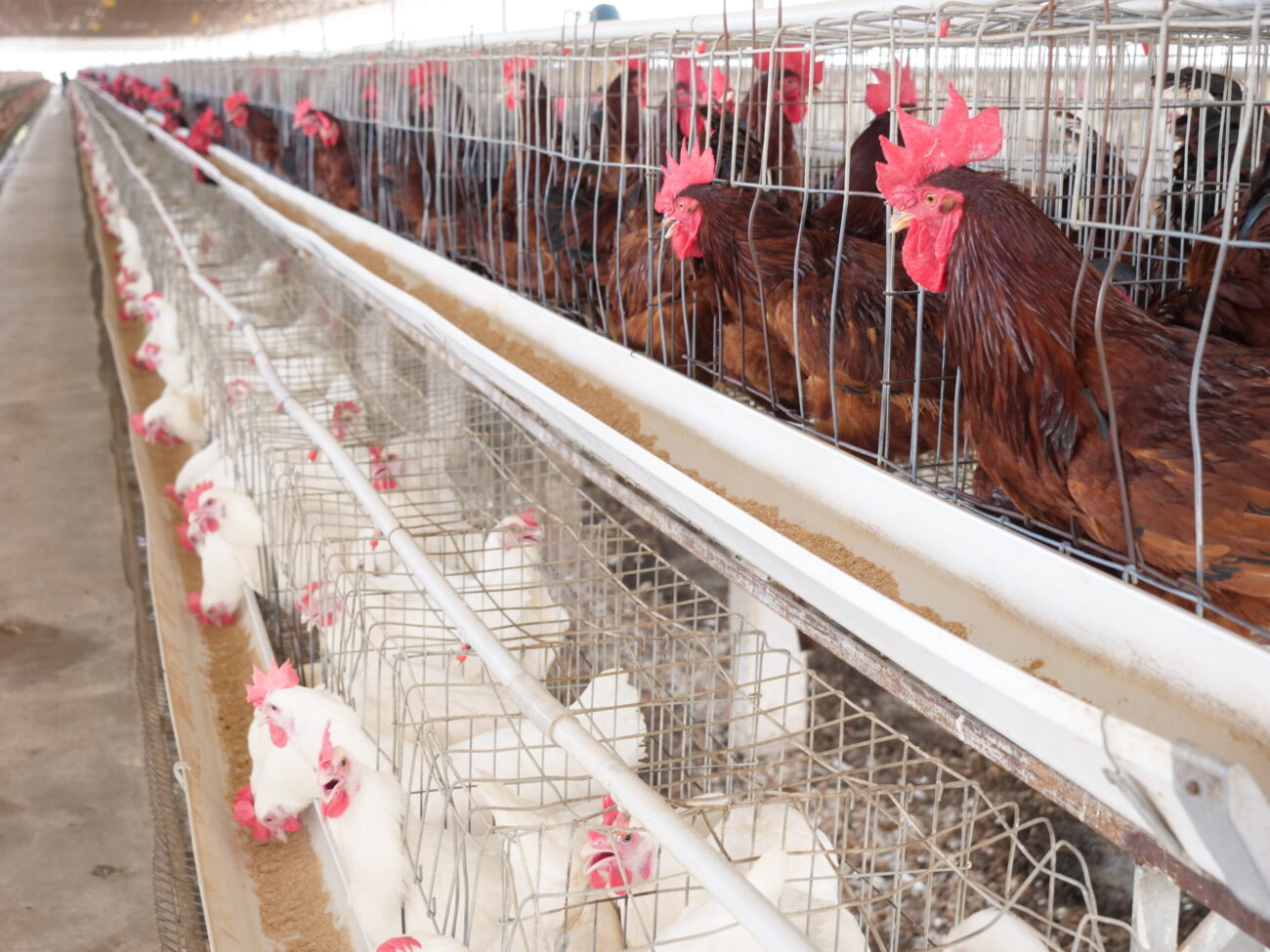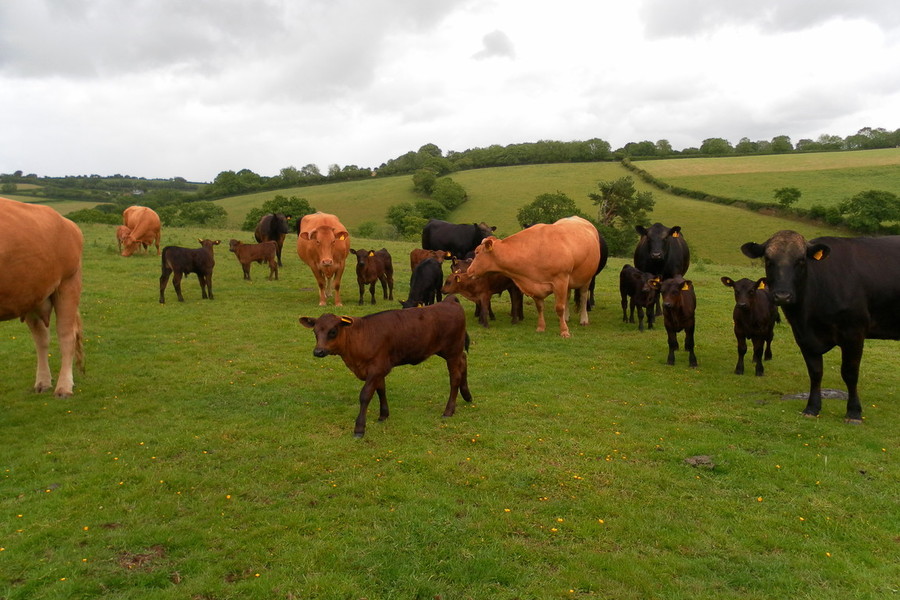
Best Practices for Raising Healthy Broilers and Layers
Poultry farming has grown into one of the most profitable agricultural ventures around the
world. With the increasing demand for both meat and eggs, farmers are turning to broiler
and layer production as a reliable source of income. However, to achieve maximum
productivity, farmers must adopt the right management practices that ensure the health,
growth, and welfare of the birds. This blog post provides a detailed guide on best practices
for raising healthy broilers (for meat) and layers (for eggs).
1. Proper Housing and Ventilation
The first step to raising healthy poultry is providing suitable housing. A good poultry house
should protect birds from harsh weather conditions such as rain, excessive heat, and cold. It
must also be constructed in a way that prevents entry of predators such as snakes, rodents,
and wild birds. – Ensure adequate ventilation: Fresh air is essential for respiration and removal of excess
moisture and ammonia fumes. Cross ventilation with wire mesh sides is recommended. – Space management: Avoid overcrowding. Overcrowded birds are more likely to suffer
stress, fight, and spread diseases. For broilers, plan about 8–10 birds per square meter. For
layers, provide space for feeding, perching, and nesting. – Flooring: Use dry litter such as wood shavings, rice husk, or sawdust. Litter should be 2–3
inches deep and regularly turned to keep it dry and free from caking. – Hygiene: Disinfect the house before introducing new chicks and practice an all-in-all-out
system where possible.
2. Feeding and Nutrition
Feeding is one of the most important factors influencing growth and egg production. Birds
require balanced nutrition containing energy, protein, vitamins, and minerals at different
growth stages. – Use quality commercial feed: Avoid feed from unreliable sources. Invest in reputable feed
brands to prevent poor growth or low egg yield. – Stage-specific feeding: For broilers, provide starter, grower, and finisher feeds at the right
stages. For layers, feed chick mash, grower mash, and layer mash as they develop. – Water: Clean and cool drinking water should be available at all times. Birds consume
almost twice as much water as feed. – Supplementation: During stressful periods such as hot weather or after vaccination,
provide vitamins, electrolytes, or probiotics to boost immunity and recovery.
3. Health Management and Biosecurity
Poultry health is vital to profitability. Diseases can spread quickly and cause huge losses.
Preventive health management is therefore essential. – Vaccination: Follow a strict vaccination schedule for common diseases such as Newcastle
Disease, Gumboro, Marek’s disease, and Fowl Pox. – Biosecurity: Limit visitors to the poultry house, provide footbaths, disinfect equipment,
and prevent contact with wild birds. – Daily monitoring: Observe your flock daily for signs of sickness such as reduced feed
intake, drooping wings, diarrhea, or coughing. Early detection saves lives. – Isolation: Immediately isolate sick birds to prevent spread. – Veterinary care: Establish a relationship with a professional veterinarian who can guide
vaccination schedules, prescribe treatment, and offer expert advice.
4. Temperature, Lighting, and Environment
Environmental management plays a big role in poultry performance. Birds are very
sensitive to temperature and light. – Brooding: For day-old chicks, maintain a brooding temperature of 32–34°C in the first
week and reduce by 2–3°C weekly until fully feathered. – Temperature stress: High heat leads to panting, reduced feed intake, and mortality.
Provide ventilation and cool water during hot weather. During cold, supply warmth with
heaters or charcoal stoves. – Lighting: For layers, provide 14–16 hours of light daily to maintain egg production. For
broilers, manage lighting to balance growth and feed consumption.
5. Record Keeping and Farm Management
Successful poultry farming requires proper record keeping and management discipline.
Records help farmers make informed decisions and track performance. – Keep records of feed consumption, mortality, vaccination, egg collection, and sales. – Analyze records to detect trends and areas of improvement. – Train workers in hygiene, feeding, and flock management to avoid mistakes.
6. Marketing and Profitability
Beyond production, profitability depends on how well you market your birds and eggs.
Farmers must understand market demand and plan production accordingly. – Market timing: For broilers, target festive periods such as Christmas, Easter, and Ramadan
when demand and prices are higher. – Egg sales: Build relationships with bakeries, restaurants, schools, and households for a
steady egg market. – Cost management: Reduce costs by minimizing feed wastage, buying in bulk, and ensuring
good flock health to avoid losses.
Conclusion
Raising healthy broilers and layers is a rewarding business when the right practices are
followed. From proper housing and feeding to vaccination, biosecurity, and record-keeping,
every detail counts. Farmers who invest in good management practices will enjoy higher
productivity, reduced losses, and better profits.
At Vettech Solutions Ltd, we are committed to supporting farmers with quality feeds,
veterinary drugs, consultancy services, and technical training to ensure success in poultry
farming. Visit us at www.vettech.ng to learn more about how we can help you farm smarter.






https://shorturl.fm/vjhKy
https://shorturl.fm/r6zuH
https://shorturl.fm/jwzsX
https://shorturl.fm/G7NjK
https://shorturl.fm/rXKK7
https://shorturl.fm/lmabF
https://shorturl.fm/5Hc6O
https://shorturl.fm/M82Ww
https://shorturl.fm/hwDGt
https://shorturl.fm/a41eU
https://shorturl.fm/tuetG
https://shorturl.fm/nIY1v
https://shorturl.fm/ToydL
https://shorturl.fm/k73ml
https://shorturl.fm/W9RM8